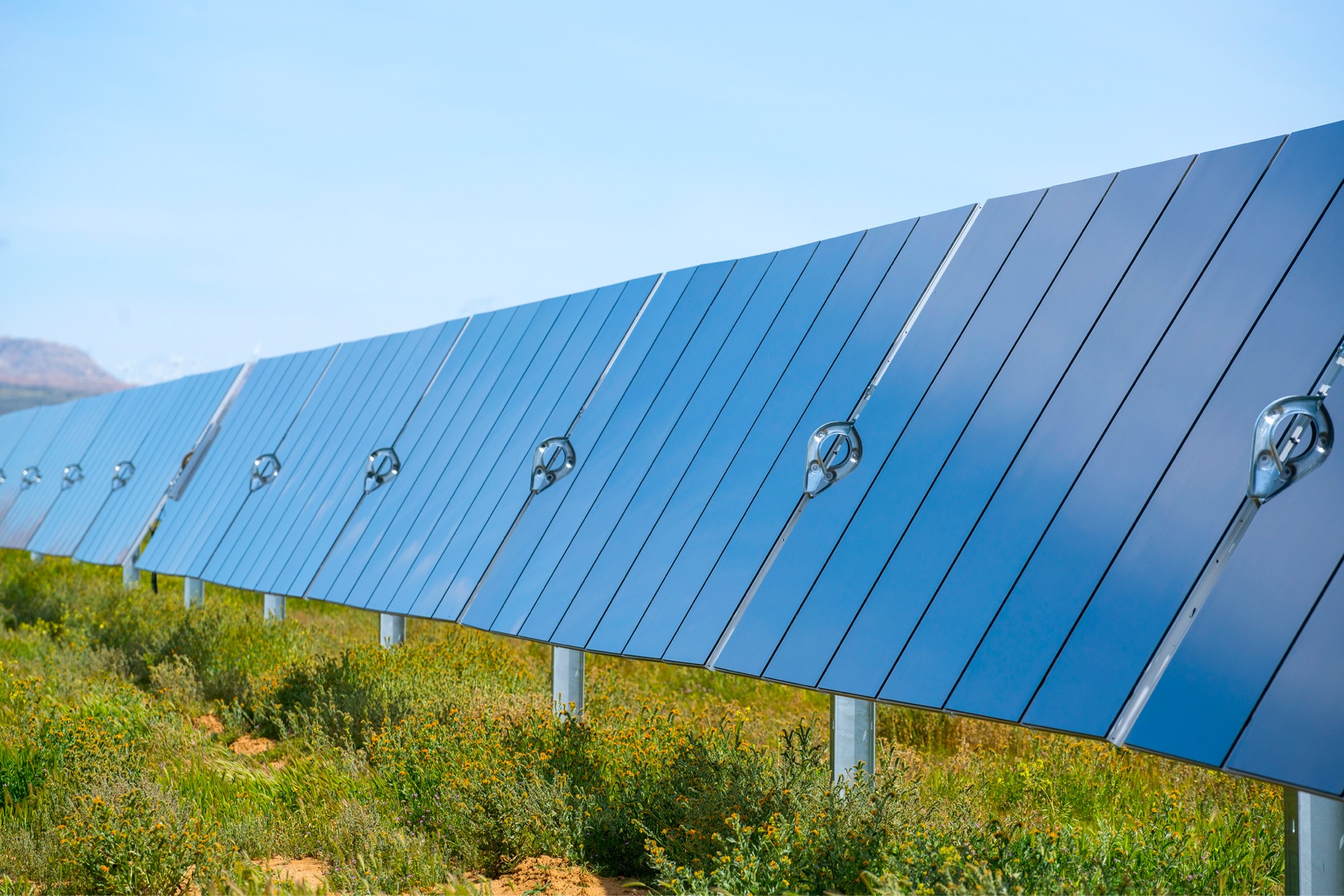image credited to the Ultra Low-Carbon Solar Alliance
Leading renewable energy companies from across the solar industry are forming a coalition dedicated to “expanded market awareness and deployment of ultra low-carbon PV to accelerate reductions in solar supply chain GHG emissions.”
Hemlock Semiconductor, NorSun, QCells, First Solar, RecSilicon, and Wacker are among the founding businesses of the Ultra Low-Carbon Solar Alliance.
With the disruption of COVID-19 and an ever-increasing focus on renewable energy and climate change, companies are considering how to decrease their carbon footprint. Supply chains and logistics are a large part of that. And, while much of the attention of supply chain decarbonization efforts have been on more energy-intensive industries like cement, steel, and glass, the Alliance is turning their eyes on decarbonizing the solar energy supply chain.
“Every solar project is dramatically better than a fossil fuel plant, but not all solar panels are created equal,” said Alliance Executive Director Michael Parr. “Solar projects can reduce their embodied carbon by 50 percent by using ultra low-carbon solar panels available in the market today.”
Embodied carbon is the emissions associated with the manufacture of solar panels. According to a study by Argonne National Laboratory, solar panels made in the U.S. and Europe have lower amounts of embodied carbon than those made in China. Not all solar panels are created equal.
“While it might be an economically attractive option to move solar panel manufacturing from Europe to China, it is actually less sustainable from the life cycle energy and environmental perspective—especially under the motivation of using solar panels for a more sustainable future,” said Fengqi You, an assistant professor of chemical and biological engineering and co-author of the paper.
The study looked at all of the energy used to create solar panels in these regions for their data, including mining, transport, electricity powering the factories, etc.
As U.S. companies are actively working to reduce their carbon footprints, they are beginning to require energy efficiency in their RFPs and from the companies they work with. These changes toward green manufacturing can be accomplished without raising costs.
“This technology is available today at market rates and can help companies and government cuts their projects’ carbon footprint by 50%,” added Parr. “It’s a win, win, win. It’s better for the environment, doesn’t come with a price premium, and can represent advanced manufacturing in the U.S. and EU.”
To learn more about ultra-low carbon solar, go here.

